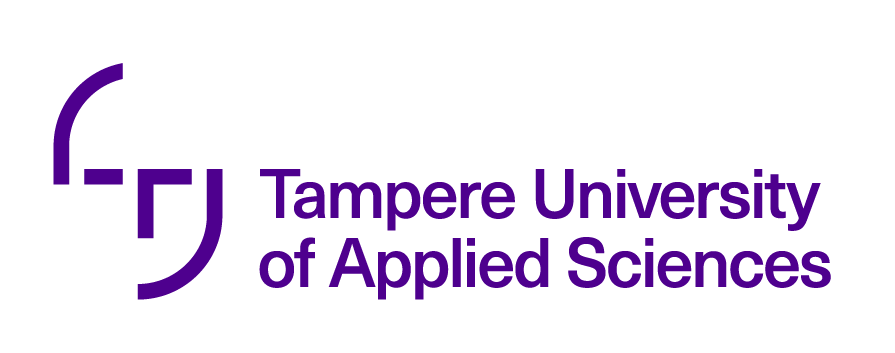Knitting Technology and Innovations (7 cr)
Code: 5M00FX44-3001
General information
Enrolment period
17.01.2024 - 04.02.2024
Timing
29.01.2024 - 17.05.2024
Credits
7 op
Mode of delivery
Contact teaching
Unit
Textile and Material Engineering
Campus
TAMK Main Campus
Teaching languages
- English
Seats
10 - 20
Degree programmes
- Cross-study in the Tampere Universities Community
- Bachelor's Degree Programme in Textile and Material Engineering
Teachers
- Minna Varheenmaa
Person in charge
Minna Varheenmaa
Groups
-
22TEMA
Objectives (course unit)
The student understands the basics of knitting techniques and structures. The student knows the basic structures of warp and weft knits as well as the derived bonds with their properties and masters the notation of the structures. The student is aware of different knitting structures, their applications and the effect of the structure on the quality of the products.The student is able to choose the right kind of knit for the right application.
The student is familiar with the basic types of warp and weft knitting machines and techniques. The student is aware of new advanced manufacturing methods. The student understands the methods and requirements of industrial knitwear production as well as process and quality control.
Content (course unit)
- the structures of knitted fabrics, formation and properties
- structure analysis
- quality requirements and uses of knits, advanced knit structures for versatile applications
- warp and weft knitting technology, traditional and advanced knitting technology
- industrial manufacturing process, production operations
- process control and quality requirements
Assessment criteria, satisfactory (1-2) (course unit)
Knowing: The student knows the basics of knitting technology and process. The student can describe the basic knitted structures and fabrics properties. The student can explain the basic process from yarn to knitting.
Acting: The student manages the assigned tasks under supervision/assistance.
Being: The student takes his/her responsibity for studying and is capable of working in a group. The student can give and take feedback.
Assessment criteria, good (3-4) (course unit)
Knowing: The student knows well the knitting technology and process. The student can independently explain the more advanced knitted structures and the technology needed to produce them. The student can explain the process from yarn to knitting at more advanced level. The student understands the quality requirements of knits according to end use requirements.
Acting: The student applies substance matter learnt in previous studies, makes a plan/plans before carrying out tasks, limits tasks/problems to have an appropriate scope, solves problems.
Being: The student can give and receive feedback actively and constructively, can cooperate responsibly and is ready to develop his/her interaction skills. The student recognizes and follows the important courses of action in the field. The student takes responsibility and commits to the group activities in addition to his/her own work.
Assessment criteria, excellent (5) (course unit)
Knowing: The student has a comprehensive understanding of knitting technology and process. The student can apply his/her knowledge in this field. The student can independently explain the more advanced knitted structures and the technology needed to produce them. The student can explain the process at more advanced level. The student understands the quality requirements at more advanced level. The student can apply the effect of different knitting parameters into the quality.
Acting: The student can search for diverse solution alternatives, justify his/her choices, assesses new solution alternatives, combines solution alternatives creatively or creates new ones. The student can solve challenging and applied tasks.
Being: The student can cooperate responsibly, flexibly and constructively, develops his/her own and the group's interaction, works responsibly and in a committed manner considering the community and field requirements.
Location and time
Period 3 and 4
Kauppi campus
Exam schedules
will be announced in the moodle
Assessment methods and criteria
Exam 80%
Reports 20%
Assessment scale
0-5
Teaching methods
Lectures, discussions, individual and group work, laboratory exercises, company visits and visiting lectures.
Learning materials
Lecture notes in moodle.
Literature:
Spencer, David J... (2001). Knitting Technology - A Comprehensive Handbook and Practical Guide (3rd Edition). Woodhead Publishing.
Student workload
7 credits: 189 hours
70 hours contact teaching (lectures, exercises, visits etc.)
119 hours independent learning (reading material, writing reports)
Completion alternatives
Not available.
Practical training and working life cooperation
Company visits and/or visiting lectures.
